This is the presentation I gave on the final afternoon of the Hackbright Academy’s Hardware Hackathon. The audience consisted of the women hackathon participants and the mentors (gender unlimited).
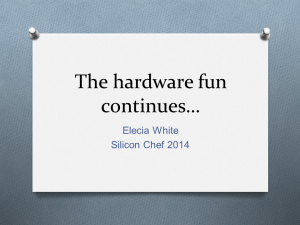
Even though there is a lot left to do on your projects, the hackathon is sadly close to over. However, the hardware fun can and should continue. My plan is to talk about why you might even want to consider making a careers of it.
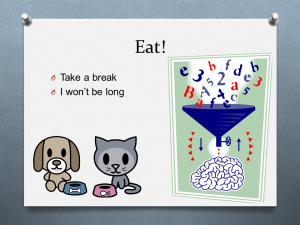
I’ll be quick, I know hacking more fun than listening to blathering, at least it is for me. On the other hand, feel free to eat (or digest). Give yourselves a few minutes to relax, to let your subconscious chew on the problems you need to solve before today ends. I’ve found that bugs often get fixed quicker that way. And I won’t be offended if you sketch on the tablecloths.
Since this is a women’s hackathon, let me start off with a few points there, some things I suspect you’ve already heard.
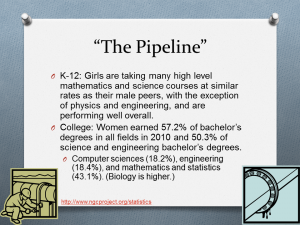
Blah, blah, blah. Women in tech. Blah. Blah, blahty, blah.
I’m tired of women-in-tech being a discussion point. I just want to be in tech. I don’t want to be a unicorn, that’s just silly.
Nonetheless, we are doing better with girls in science, technology, engineering and math. The trend continues in high school and even through college. That’s where computers and engineering drops off so we still have to keep working on it but I don’t think that’s the real problem any more.
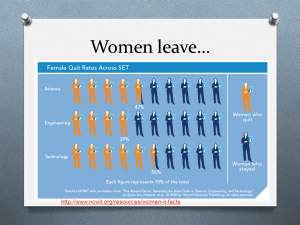
Women leave at twice the rates of men leaving the science, engineering, and technology workforce. 50% of the women who leave use their training to work for themselves, for a non-profit, or work in a startup. The other half abandon their training to work in a different field, and 20% of those who leave, leave the workforce entirely.
I wanted to mention this because I want you to stay…
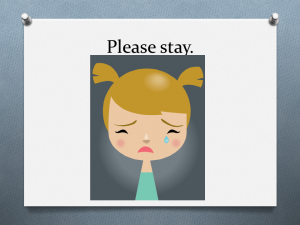
Consider it a personal plea.
I prefer to work with more women, even though they tend to notice my shoes more than my men coworkers. Maybe because.
It isn’t that women are better than men: just different, with different perspective, different experiences. Diversity matters, especially as our technology grows more complex and more pervasive.
I’ve been in industry for 20 years, mostly in embedded systems, writing software for things that aren’t computers.
I got into software because that is how my brain is wired, code came easily for me, far more easily than public speaking. I started out working on software for servers. It wasn’t glamourous. But I moved on from there, going to work with a team that did things closer to the hardware.
I fell in love a little bit the first time a motor moved because my software told it to. I hope some of you fell in love a little bit this weekend.
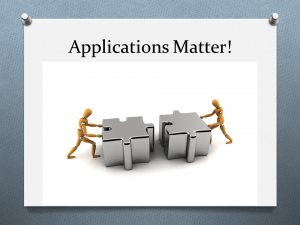
This is the dumbest slide. I wish I’d found something better!
That rush of affection for the hardware and the satisfaction of software puzzles are part of why I’ve stayed in engineering, even through some tough times.
But while I like software, I also like writing, program management, gardening, kittens, and cupcakes. To make a long term go of things, you need more than liking, even more than the crush I had on my motor.
It probably won’t come as a shock but, in industry, some days are not good: work is no fun, coworkers can be jerks, and it feels like everything is broken and will never, ever work.
For days like that, I say: applications matter. The way your software (or hardware) helps your users can make a huge difference to how you feel as an engineer. Applications are what can keep you going through the bad times.
Engineering is hard, there are plenty of reasons to leave: make sure you have reasons to stay. Once I got into working with hardware, I got to do some really neat things.
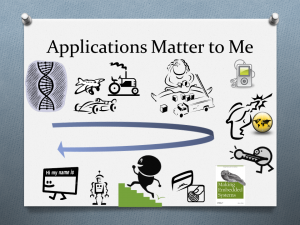
My first embedded systems job was at HP, in their Bioscience division where I got to make a DNA scanner, the very first on the market. That part of HP became Agilent and soon after I wandered off to a little company.
We made inertial measurement units. Saying that was pretty much guaranteed to put a glaze on someone’s face and a quiet seatmate on any airplane. However, our units were used to keep airplanes in the air, to increase farming yields by 5% by helping tractors stay in aa straight line). and in race cars. This is why I’e been in a car going really fast around an oval, sometimes the application has only mattered for my own amusement. Crossbow was of the first to put solid state MEMs sensors into the real world. I was the first technical woman in their company of 50. The other woman who worked there (when I started) was the receptionist.
But IMUs also work on bombs and I didn’t think how much that would bug me until I had evidence of one of my units, smashed nearly unrecognizable, having been mounted on and survived (sort of) a bunker buster. On that day, if you’d offered me a job being a Kindergarten teacher, I would have taken it and never looked back.
Happily, instead, I did the next best thing. I joined LeapFrog to make educational toys. I worked on their infant, toddler and preschool lines. It was hard work: consumer products are about making things cheaply. But working with kids as they tested things was incredibly rewarding.
A few years later, I got to work at a tiny startup, a gunshot location company, notifying dispatchers when guns are fired in city limits, excellent feeling of catching criminals and saving lives.
For me, when the drudgery of work gets to me: too many pointless meetings, stupid slights that might be gender based, all the fear of not being good enough… that is alleviated when I can put it aside to believe I’m helping someone. Whether it is a medical device saving lives, a toy that teaches a child to read, or even the routers that make the information of the internet available to more people, at the end of my day, applications matter to me.
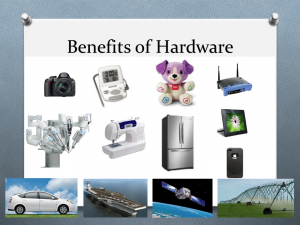
From only personal data, applications seem to matter to other women too. There were more other women in educational toys and in medical devices. There were far fewer in military industrial. And wearables seems to be unsure so far, it is neat so I hope there will be more women there soon.
I like working on hardware because the application is easier to see, is more obvious. This is where embedded software and hardware hacking comes in, whether it is signal processing or low level software development.
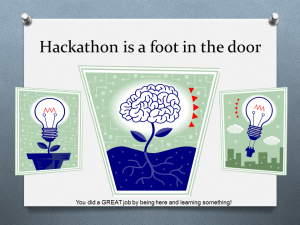
You’ve already started, being here this weekend. I’m incredibly impressed by your willingness to give up a weekend to do this. I hope you’ve found some thing that fires the spark of your imagination, something that will give you strength if work (or school) has an unfortunate period.
Also, I hope you hold on tight to the community you find here and accomplishment. I have great faith they will help you persevere in difficult times.
Speaking of difficult times… How many are new to working with hardware? Did anyone fry a board? No? That’s sad. You should try it. At least a capacitor or something.
Note how robust the hardware was, even though I’m sure you touched the board when it was powered. Not being afraid of hardware is important, especially the relatively cheap stuff you have here. You might not believe how much satisfaction a little destruction can bring. More importantly, there is a lot of learning there, if only how to solder new diodes on.
But what if you did fall in love a little this weekend? What if you want to do this more?
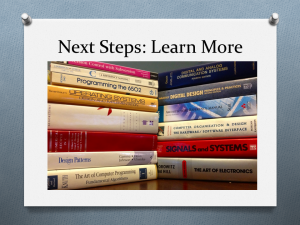
I’m not going to tell you it is easy.
Most embedded software engineers started out as either a software engineer who got sucked down into the depths of the system. Or as a hardware engineer who enjoyed fiddling with the software.
Their educational background is either computer science (like the books on the left) or electrical engineering (books on the right). But embedded software is a combination of these two disciplines.
A new embedded systems engineer is cruising around with only half the knowledge they need. There has been a fair amount of talk about the “impostor syndrome” in engineering, where a person feels like they don’t belong and are pretty sure they’ll be discovered and ostracized.
I think this goes double for embedded engineers: until they can pick up the basics of the other discipline, they are definitely faking it. And there will probably always be some gaps. That is why many of my best friends are hardware engineers, they’ve helped me fill in the gaps.
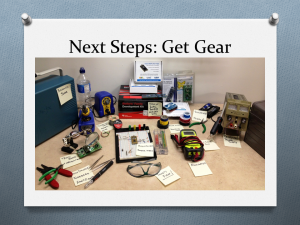
And sometimes, the electrical engineers let me borrow their toys. Or help me build my own bench.
However, to get started, you don’t need a ton of book learning and a you don’t need a whole bunch of gear.
Those things can help but with the availability of Hacker Spaces and teams like you’ve met here, but they aren’t required.
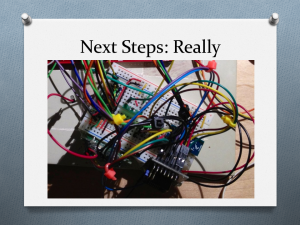
What you really need is time and attention: to keep doing it.
The hardest part is getting started. You’ve done that this weekend. Now you just want the fun to continue.
So I hope you take your hardware home: I hope you fight over those boxes, or go ahead and buy your own gear (or borrow it from someone else). People who like hacking on hardware often like to get the latest stuff and are generous with their hand-me-downs.
Also: Ask, let people know you want to do this. And be generous with your gear.
Remember your first technological hardware crush and share it with other people.

As you share your learning, know that you are not alone. There is a huge community of people learning about hardware. They share what they learn.
You’ve already seen some things SparkFun and ElectricImp have for you. I don’t know if you saw that they have extensive tutorials and lots of reference code.
Adafruit is a lot like SparkFun: amazing hardware and excellent tutorials. MakerShed is an offshoot of Make magazine, a source for all sorts of inspiration.
Hackaday is blog site, showing you other people’s hacks, often how they built them and letting you interact with the makers. You can put your projects there and get advice, encouragement.
This slide could be a lot more crowded. Suffice to say that you are not alone in this.
I know from you will be taking away prizes, knowledge, enthusiasm and confidence. I have a few more thoughts I hope you take away from this weekend.

Software can teach children their letters and software can save lives by fighting crime and improving medicine. More than algorithms and data structures, software always has an application, one that can make the world a better place.
Building a weekend project to make a motor move and lights blink is awesome, especially if you do it from the web; it shows how we can touch the physical world through our devices, through our code.
You can go a lot further than this: the opportunities are thrilling. Working with hardware is the best sort of software.
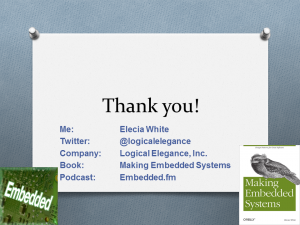
Me, three hours later: dang it, I totally forgot to mention the podcast!
Thank you for sharing your lunch with me, I wish you the best of luck with your projects.Tweet me when you have a blog post about your piece, I want to see what happened and where you go from here.















